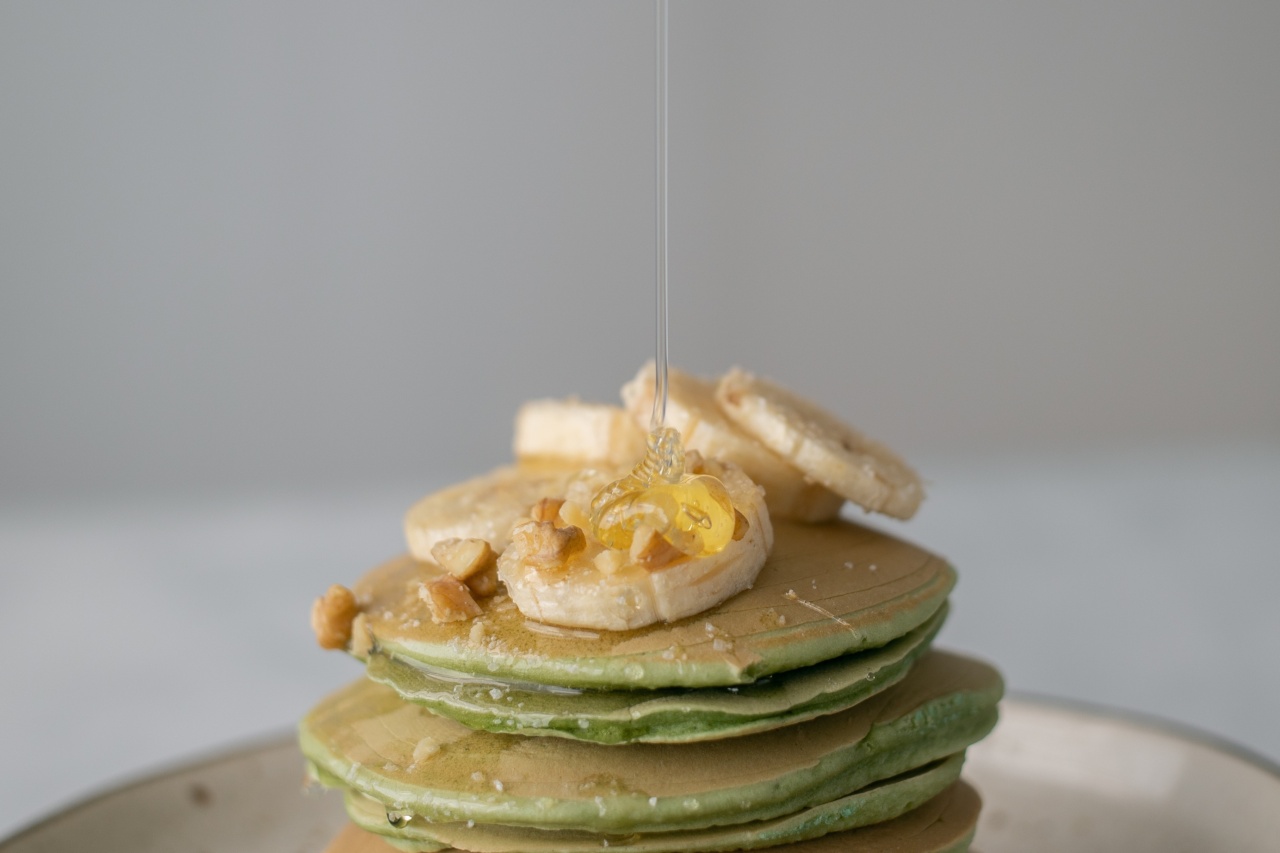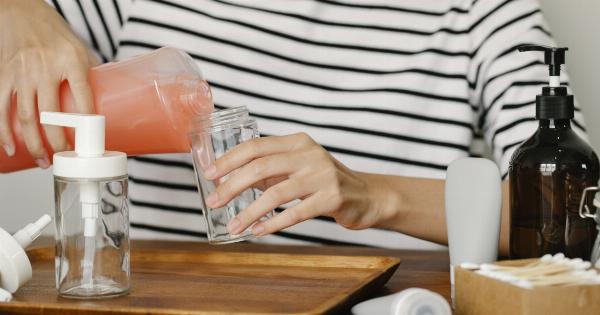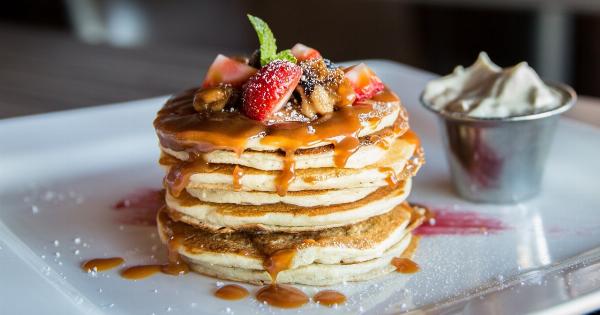Cosmetics have become an integral part of our daily lives, used to enhance our appearance and boost our self-confidence. However, what many people fail to realize is the unseen impact that cosmetics can have on our food.
From the production of cosmetics to their disposal, their influence on our food is extensive and often overlooked. In this article, we will explore the various ways in which cosmetics affect our food and the potential consequences they may have.
1. Chemicals in Cosmetics seeping into the Soil
One of the primary concerns is the chemicals present in cosmetics seeping into the soil.
Many cosmetic products contain harmful chemicals such as parabens, phthalates, and triclosan, which can leach into the ground when washed off or disposed of improperly. These chemicals can then find their way into the water supply or be taken up by plants, eventually ending up on our plates.
2. Contamination during Agricultural Practices
Another way cosmetics impact our food is through contamination during agricultural practices. Farmers often use various cosmetic products, such as pesticides and herbicides, to enhance the growth and appearance of their crops.
However, these chemicals can accumulate in the soil and find their way into the produce we consume. Such contamination can pose significant health risks in the long run.
3. Animal Testing and the Food Industry
The cosmetics industry widely engages in animal testing to ensure the safety of their products. While this practice is alarming on its own, it also affects the food industry indirectly.
Animals used for testing are often fed with a controlled diet, free from any external factors that could interfere with the results. This controlled diet is then used as a standard for research purposes, potentially leading to skewed representations of nutritional requirements.
4. Microplastics in Cosmetics entering the Food Chain
Microplastics, small plastic particles often present in cosmetics such as exfoliators or makeup products, are causing widespread concern due to their impact on the environment.
These microplastics can end up in rivers and oceans, where they are ingested by marine animals. As these animals are then consumed by humans, microplastics unknowingly enter the food chain. The long-term consequences of consuming microplastics are still largely unknown, but they pose a potential health risk.
5. Cosmetic Packaging Waste
Another hidden impact of cosmetics on our food lies in the waste generated from packaging. The cosmetics industry produces an enormous amount of packaging waste, including plastic containers, tubes, and bottles.
Improper disposal of this waste can lead to pollution of soil and water sources, which in turn can contaminate agricultural produce, posing risks to both the environment and our food chain.
6. Antibiotic Resistance in Agriculture
Antibiotic resistance is a growing global concern, and the use of antibiotics in cosmetics is exacerbating the issue. Many cosmetic products, particularly those marketed as antibacterial, contain antibiotics such as triclosan.
Continuous exposure to such antibiotics can contribute to the development of antibiotic-resistant bacteria, which can then be transferred to the agricultural sector. This can compromise the effectiveness of antibiotics used in livestock farming and lead to potential health threats.
7. Ethical Concerns in the Beauty Industry
The beauty industry is not without its ethical concerns, which can indirectly impact our food. Many cosmetics are made using animal-derived ingredients or are tested on animals.
Ethical controversies surrounding animal testing and sourcing of ingredients can influence consumer choices. This, in turn, may impact the use and consumption of certain food products containing such ingredients, indirectly affecting the food industry.
8. Allergenic Ingredients in Cosmetics
Several cosmetic ingredients, including fragrances and preservatives, can trigger allergic reactions in some individuals. Such allergies can lead to skin irritations or even more severe reactions.
If these allergic reactions persist, people might need to alter their diets, avoiding certain food products that could worsen their condition. Therefore, cosmetics can indirectly shape individual dietary choices.
9. Impact on Biodiversity
Improper use of cosmetics can also have adverse effects on biodiversity. For instance, the use of certain pesticides can harm pollinators like bees and butterflies, which are vital for crop production.
With the decline of these essential pollinators, there is a risk of reduced food availability and increased prices for various food items in the long term.
10. Psychological Impact on Food Choices
The influence of cosmetics on our food goes beyond physical impacts; it also affects the psychological aspects of our food choices.
As people strive for the “perfect” appearance perpetuated by the beauty industry, they may be more drawn to foods marketed as “healthy” or “superfoods.” Consequently, this can impact food trends and the demand for certain products, leading to potential environmental imbalances.





























